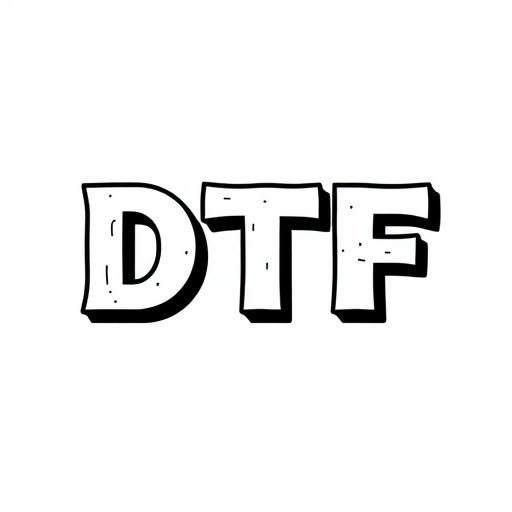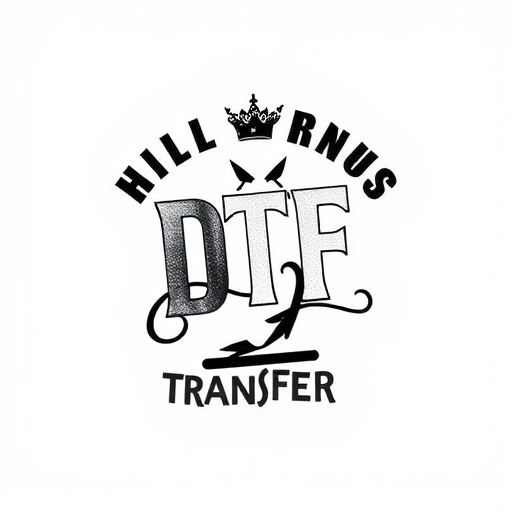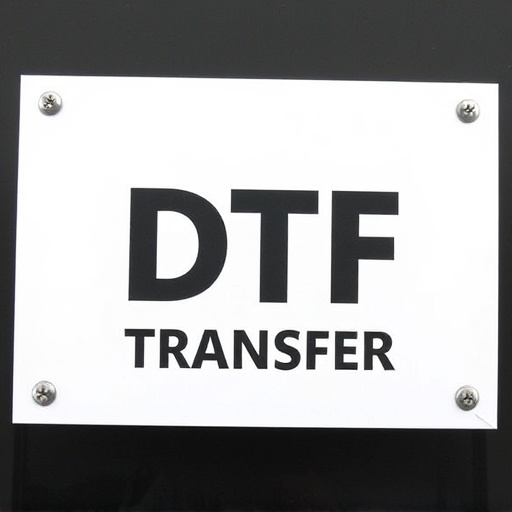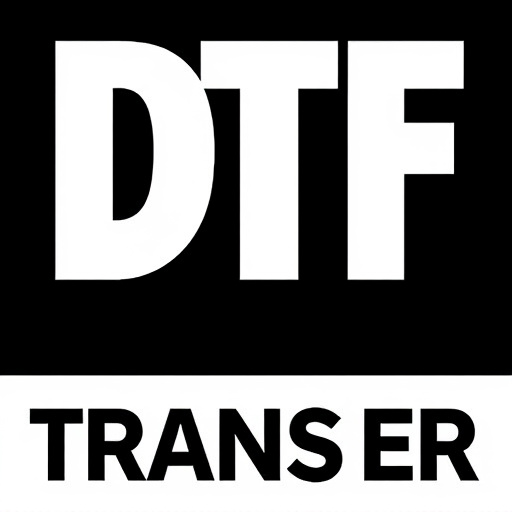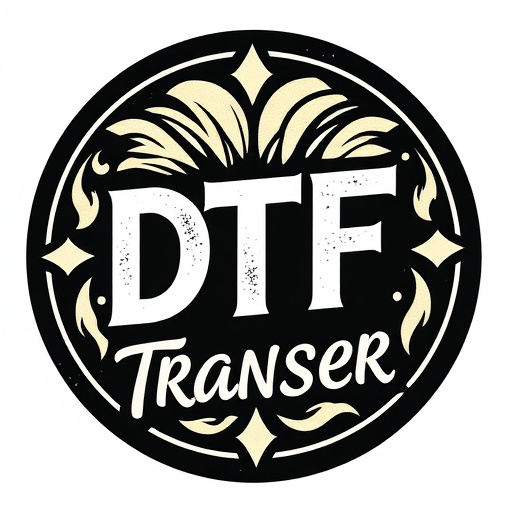- Understanding Direct-to-Film (DTF) Transfers: A Manufacturing Revolution
- Benefits of Heavy-Duty DTF for Industrial Applications
- The Technology Behind Efficient and Accurate Print Quality
- Material Considerations for Longevity in Harsh Environments
- Implementation Strategies for Seamless Integration into Production Lines
- Case Studies: Real-World Success Stories of DTF in Manufacturing
Understanding Direct-to-Film (DTF) Transfers: A Manufacturing Revolution

Direct-to-Film (DTF) transfers are revolutionizing manufacturing processes by offering an efficient, precise, and cost-effective solution for applying graphics and designs directly onto various materials. This innovative technology has gained significant traction in industrial settings, where high-quality, durable markings are essential. DTF printing eliminates the need for traditional methods like masking or hand painting, streamlining production workflows and reducing human error.
The process involves using specialized printers that deposit inks directly onto the target surface, allowing for intricate patterns, bold text, and vibrant colors. This direct application ensures long-lasting marks resistant to wear and tear, making DTF ideal for demanding manufacturing environments. By automating the marking process, companies can enhance productivity, ensure consistency, and minimize waste, ultimately driving operational efficiency and cost savings.
Benefits of Heavy-Duty DTF for Industrial Applications
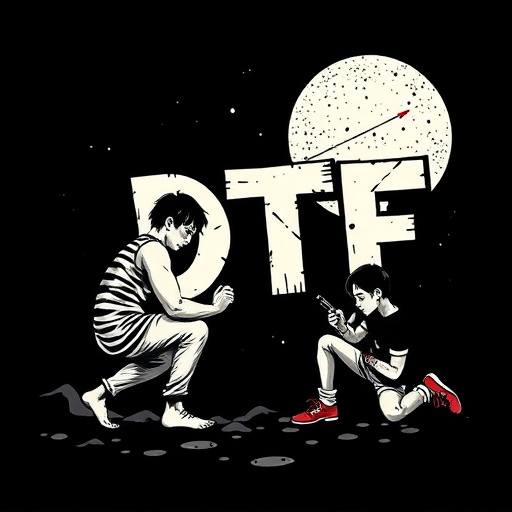
Heavy-duty direct-to-film (DTF) transfers offer a range of benefits for manufacturing environments, making them an ideal solution for industrial applications. Firstly, DTF technology provides exceptional durability and resistance to harsh conditions, including high temperatures and exposure to chemicals, ensuring long-lasting performance in demanding manufacturing settings. This feature is particularly advantageous in industries where equipment reliability is critical, such as automotive or aerospace production lines.
Additionally, the direct printing method allows for precise and intricate designs, enabling manufacturers to achieve complex patterns and markings directly on various surfaces. This precision ensures product quality and consistency, which is essential for meeting stringent industry standards. Moreover, DTF transfers can be quickly and efficiently applied, reducing downtime and increasing productivity, making it a cost-effective and time-saving option for industrial processes.
The Technology Behind Efficient and Accurate Print Quality
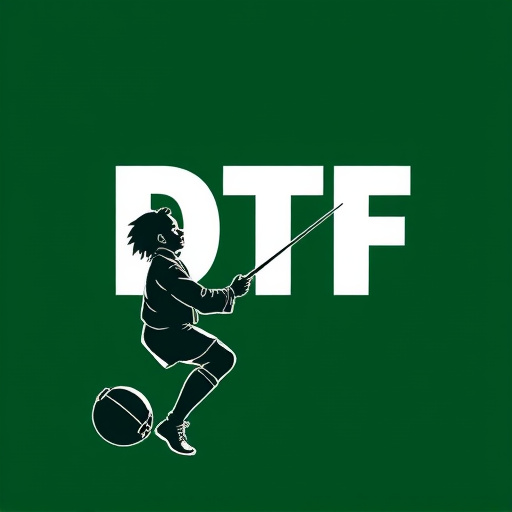
Material Considerations for Longevity in Harsh Environments

When selecting materials for heavy-duty direct-to-film (DTF) transfers in manufacturing environments, it’s crucial to consider factors that ensure longevity and durability. These harsh settings often involve exposure to extreme temperatures, chemicals, and physical wear and tear. Choosing the right substrate is key; opt for materials like polycarbonate or high-quality PET, known for their resistance to cracking, fading, and warping under stress.
Additionally, the adhesive used in DTF must be specifically designed for industrial applications, capable of adhering firmly to various surfaces despite challenging conditions. Weathering these elements requires a robust combination of material science and engineering to ensure the longevity and functionality of the transfer over time, thereby enhancing overall equipment efficiency and reducing downtime.
Implementation Strategies for Seamless Integration into Production Lines

Implementing heavy-duty direct-to-film (DTF) transfers for manufacturing environments requires strategic planning to ensure seamless integration into production lines. The first step is to assess the existing workflow and identify key touchpoints where DTF technology can be introduced, such as during assembly or packaging stages. This involves understanding the material handling processes, space constraints, and speed requirements of the production line.
Once identified, choose DTF solutions that align with your operational needs. Consider factors like print quality, durability, and compatibility with various substrates. Proper training for staff on new equipment and procedures is crucial to avoid disruptions. Additionally, establishing clear maintenance protocols ensures the longevity and optimal performance of the DTF systems.
Case Studies: Real-World Success Stories of DTF in Manufacturing
